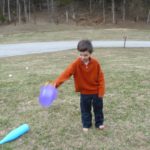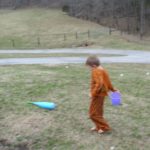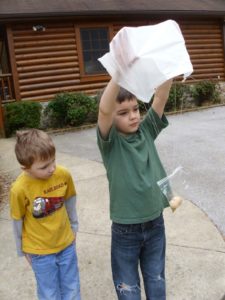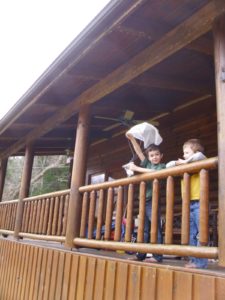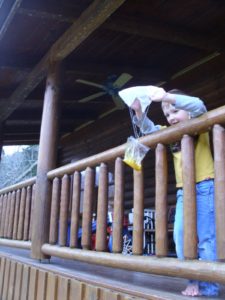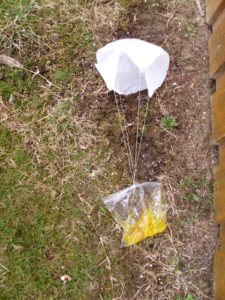Though we didn’t quite get to do all the science experiments we had planned to do during our Super Science week, we did have a really fun time studying some fundamentals of physical science: the metric system, force, motion, and speed. To gain a better understanding of the metric system, we went on a metric scavenger hunt, measuring everything from a fruit roll-up to a monster truck.
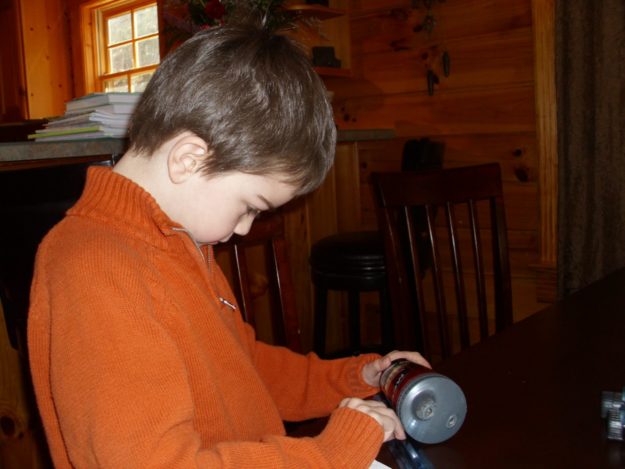
Then we competed in a mininature metric olympics with events such as plastic lid discus, paper straw javelin, and oddball shot put. We used this activity to score our ability to “think” in terms of metric units of length, as we estimated the distance before measuring it each time. We then recorded our results in a chart. It was a fun way to actively study measurement, estimation, multi-digit addition (we were measuring in centimeters) and practice our skip counting skills!
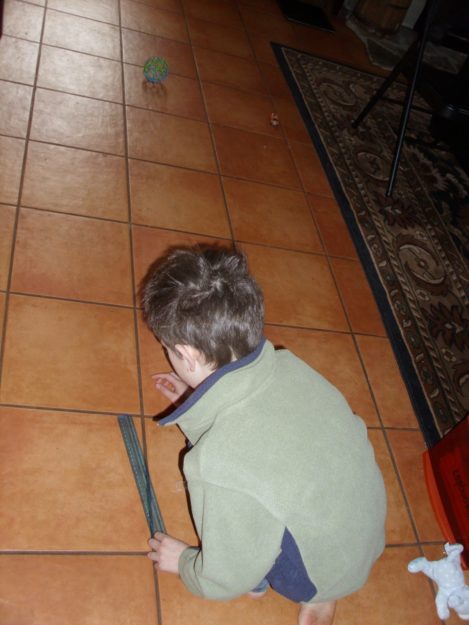
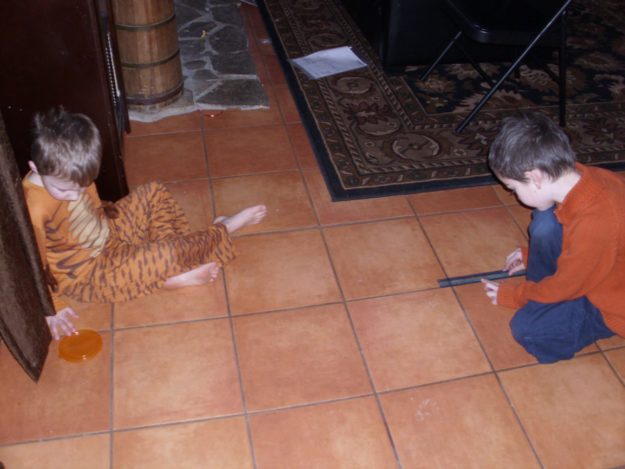
After discussing centrifugal force and roller coasters, I asked them if they thought they could turn a bucket of water upside down without the water spilling. After some convincing, they eventually attempted it. Then we found out what happened if we decreased the speed. The boys thought, “Hey, at least we can water the grass…”
We explored the motion of a projectile with a ballistics firetruck experiment, determining that as long as the truck was moving along at constant speed, the person riding could catch the projectile because it was moving at a constant speed along with them. I couldn’t get a picture of this in progress because… well, the boys pushing each other around at a logical, constant speed…? Hmmm… better play it safe and let mom be the one in charge of that. (But Levi did pose really nicely for you here.)
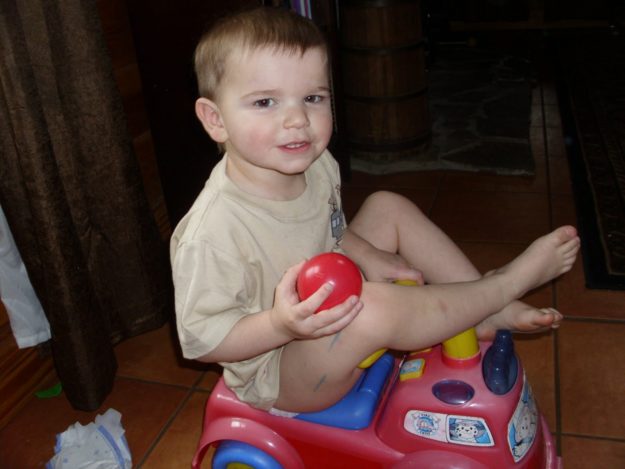
Now we get to the good stuff. First, we talked about Newton’s First Law of Motion and how an object in motion stays in motion until an outside force acts upon it. Then the boys got to egg the bedsheet.
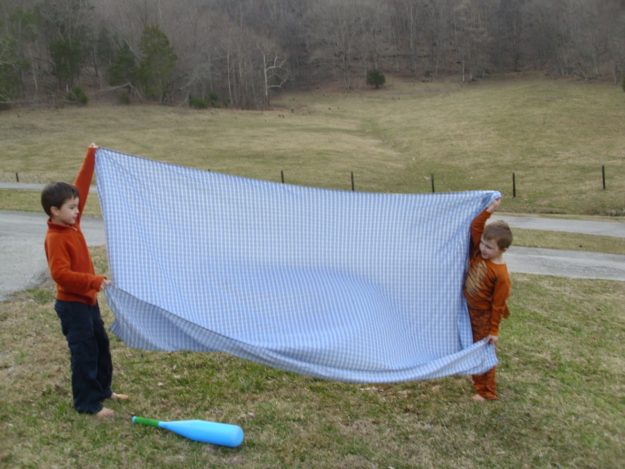
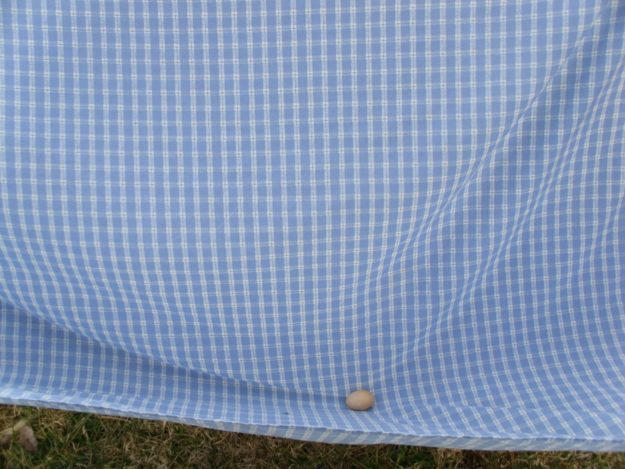
‘Thank goodness the energy transfers to the bedsheet, right? The only eggs that broke were the ones that missed the sheet.
After discussing the force of gravity and the air resistance of parachutes, we started our “Airborne Egg” experiment. We made three parachutes of different sizes, launched the eggs, and determined that the larger the parachute, the softer the landing.
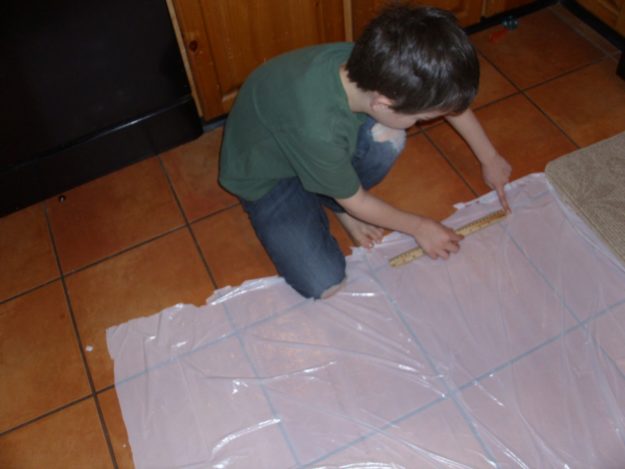
We had scrambled eggs for supper.
At this point I will include a link to my highly recommended resource for physical science in the elementary school years: Classic Science: Elementary Physical Science by Scott McQuerry. The boys LOVE everything about this science book, and it is presented in such a fun way! (Really, I would not have thought up using eggs in science experiments – I had to work up my courage to do this!) This is the absolute best science textbook I have ever used!
Well, we wrapped up our experiments early so that we could go to the Robotics exhibit at Nashville’s Adventure Science Center., where the boys learned a bit about how robots work.
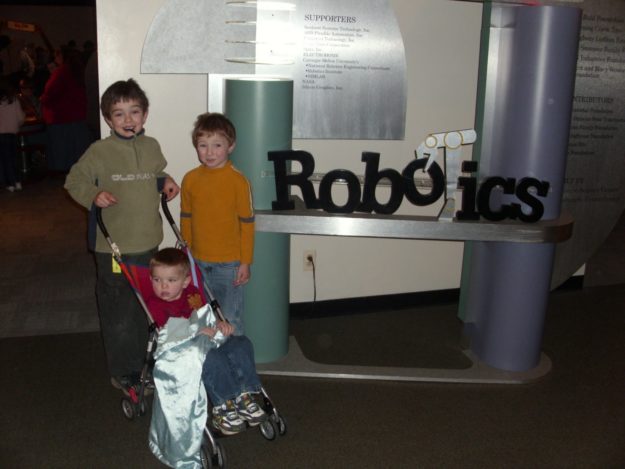
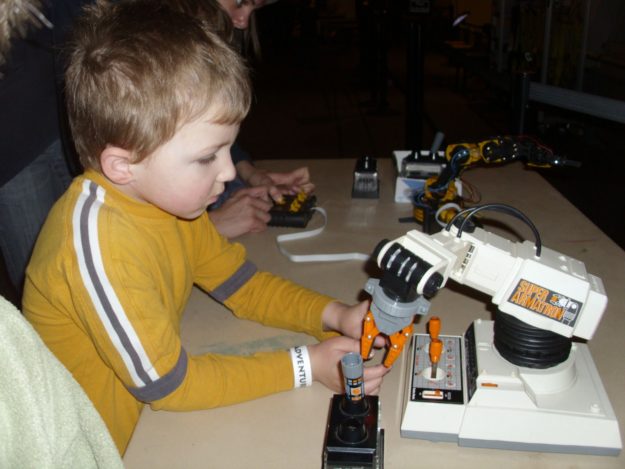
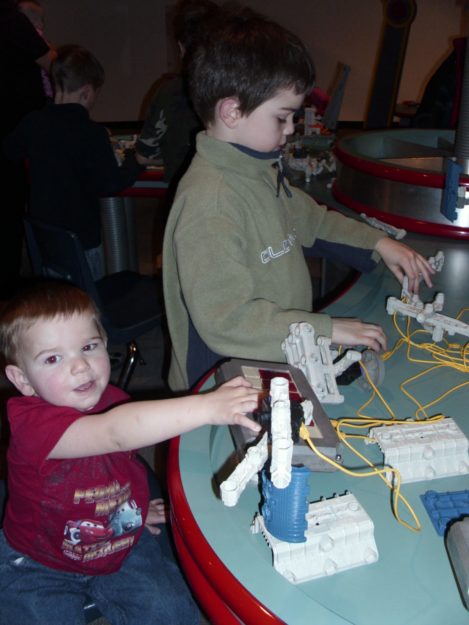
Needless to say, I think the boys would like every week to be a super science week! Me, too – only I need to buy more eggs if this becomes a habit.

